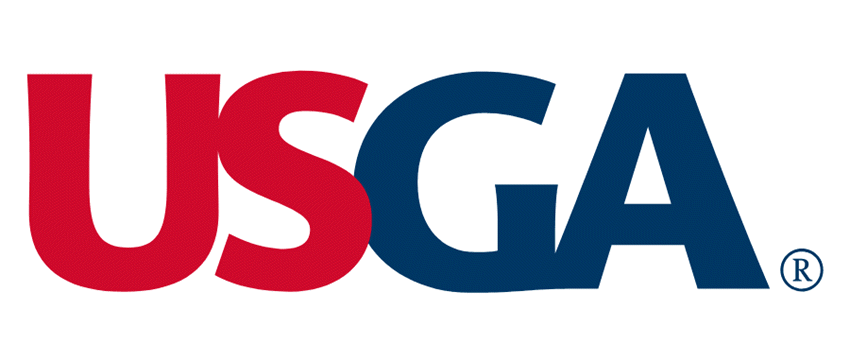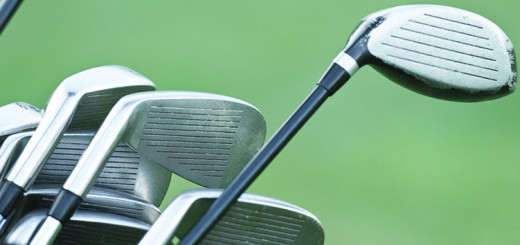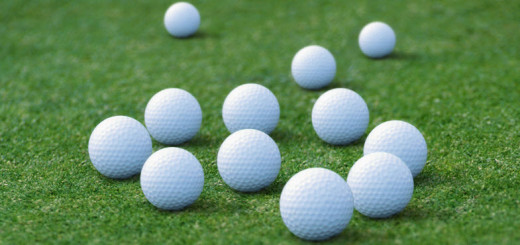What are “Tour” Golf Balls?
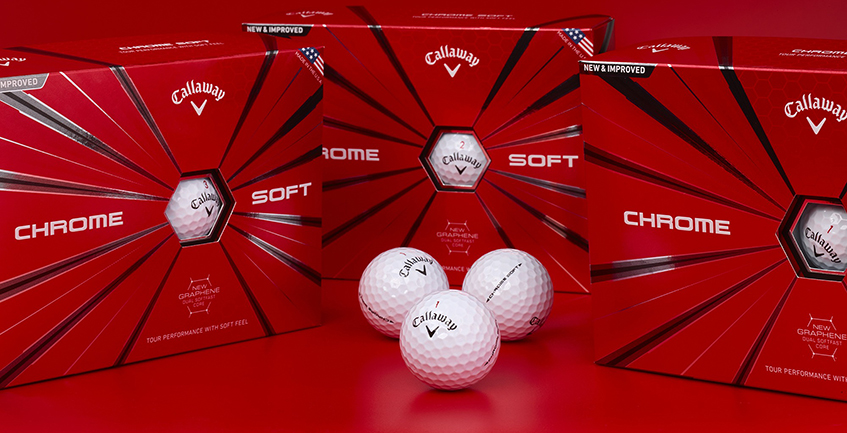
Callaway Chrome Soft Golf Balls, image: callawaygolf.com
“Drive for show, putt for dough” may be the most time-worn old saying in golf. It also might be the truest, especially when choosing a golf ball to play. The relentless push of technology has brought golf to the point that almost all golf ball brands market “maximum distance” off the tee and in fact, the results are pretty close between comparable balls from each brand. Given the fact that the average golfer produces a wide disparity of contact from shot-to-shot, consistent performance from a golf ball is hard to achieve.
Consumer balls with two-piece construction and a durable Surlyn cover have long been the favorites of the weekend hacker. These balls produce less spin, fly further off the tee and stand up tougher to mishit iron shots. Tour balls produce more spin off the clubface which makes them easier to control. Typically, the covers of high-performance Tour balls are fashioned from pliable polyurethane.
The Tour Ball Comes to the Masses
In most cases, it is best for the average player to not pay too much attention to anything made specifically for Tour Professionals – those guys are playing a different game than the rest of us. That is not the case for golf balls, however. Golf ball manufacturers have massaged the high-energy insides of a golf ball to the point where even high spin golf balls can keep up with their hard, two-piece counterparts in distance.
This means that a high handicapper whose main concern is distance off the tee can now play a Tour Ball that offers both distance and feel. One of the joys in golf is being able to every now and then execute a shot exactly as a pro does. Few non-professionals can hope to match a pro’s distance off the tee, but for pitches from 100 yards in, it’s possible to knock it as close as a pro to the hole. Tour balls offer a softer feel and more control on these crucial finesse shots.
You can prove for yourself that it is not just the professionals who can tell the difference in golf balls and consumer balls. Take a few to the putting green and make a few identical putts with each. On these short strokes, you will be able to “feel” the difference in a two-piece ball and a Tour Ball. You will also notice that a two-piece ball travels appreciable further off the putter head than a Tour Ball using the same length of stroke.
Golf’s Most Popular Tour Ball
You can also verify the popularity of Tour Golf Balls among average players for yourself by keeping track of balls you find on the golf course. The Titleist Pro V1 is the most popular golf ball on the PGA tour and is also the ball you’re most likely to find poking through the woods in search of an errant drive. When you find a Pro V1, one thing you will notice is that the covers are rarely scarred. The durability of the new synthetic covers makes these high-performance golf balls very attractive to the mass market.
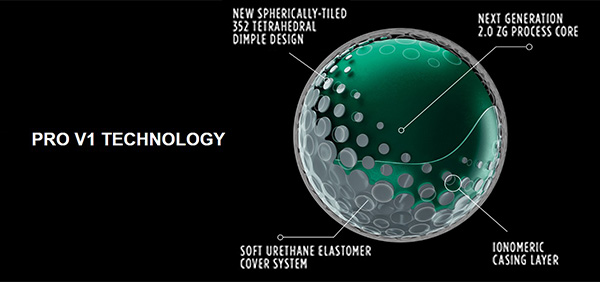
Titleist Pro V1 Technology, image: titleist.com
Tour Golf Ball Comparison and Compression
While durability, distance, and performance are a winning combination for the amateur player, professionals also look for a desired launch angle and spin rate from their golf balls. Some pros may prefer a slightly firmer golf ball, so it doesn’t spin too much. To that end, Tour Balls are produced with an array of exacting specifications. For instance, the 5-layer TaylorMade Tour Ball comes in different degrees of softness with the TP5 and the TP5X.

TaylorMade TP5 Comparison Chart, image: taylormadegolf.com
Softness is the newest trend in golf balls. A golf ball becomes “soft” from a lowering of the core compression and the adjusting of the polymer-blended urethane covers. This permits the ball to be microscopically compacted at impact to deliver a trampoline effect that delivers extra distance. At the same time, the softer ball will also be more controllable on short shots close to the green. Callaway Chrome Soft Golf Balls have been the leader in giving weekend players the chance to experience Tour Ball performance without Tour professional swing speeds.
Is a Tour golf ball right for you? It depends on many factors and the best way to know is to getting properly fitting, that way you’re playing the best golf ball for your individual game.

